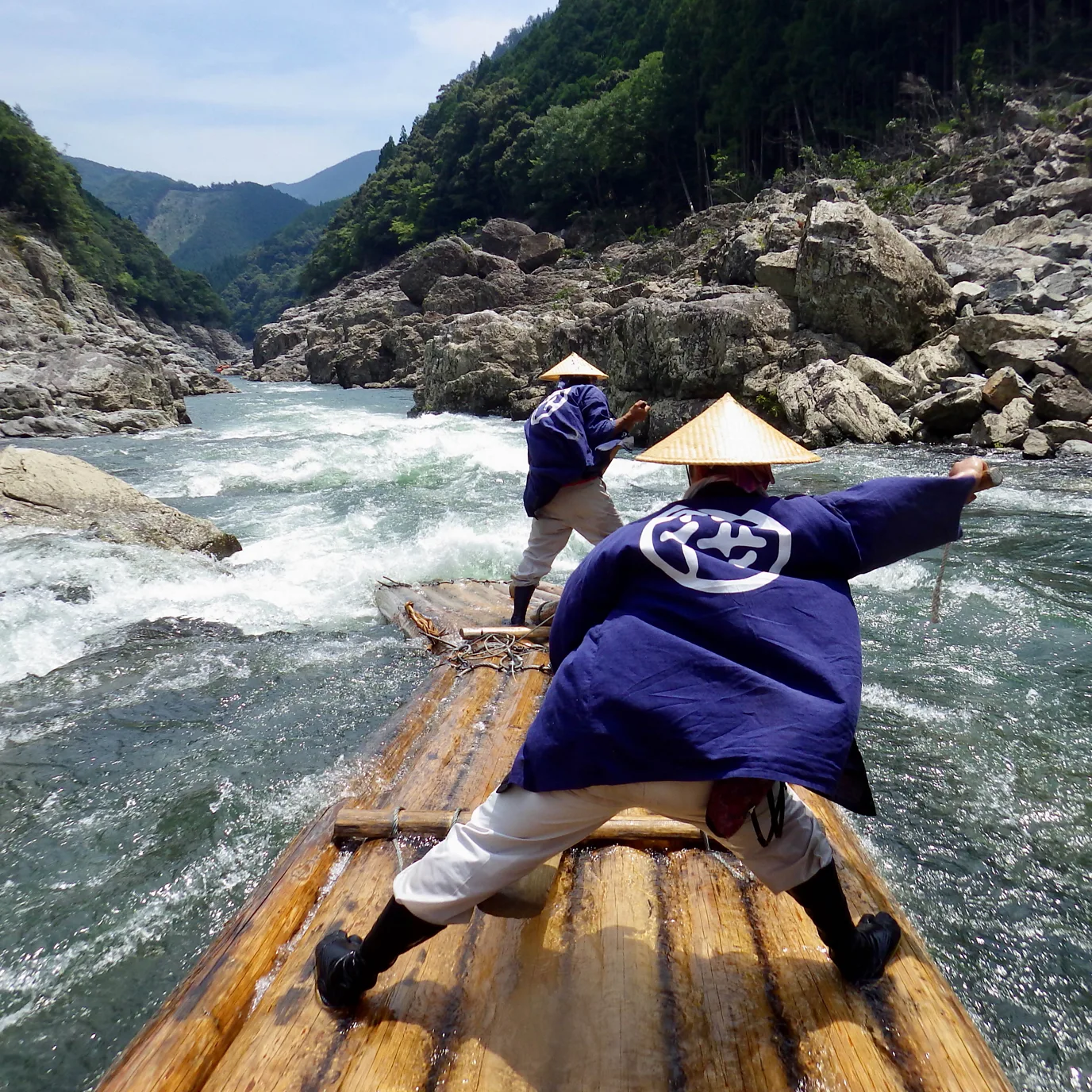
Japan is a country rich in culture and tradition, and when it comes to unique experiences, traditional rafting in Wakayama stands out as an exhilarating adventure. Imagine navigating the swift currents of a river while standing on a narrow raft made of logs, a technique that dates back centuries. This is not just any rafting experience—this is “Kawa-no-Bori,” a thrilling blend of history, skill, and a deep connection with nature.
The Origins of Traditional Rafting in Wakayama
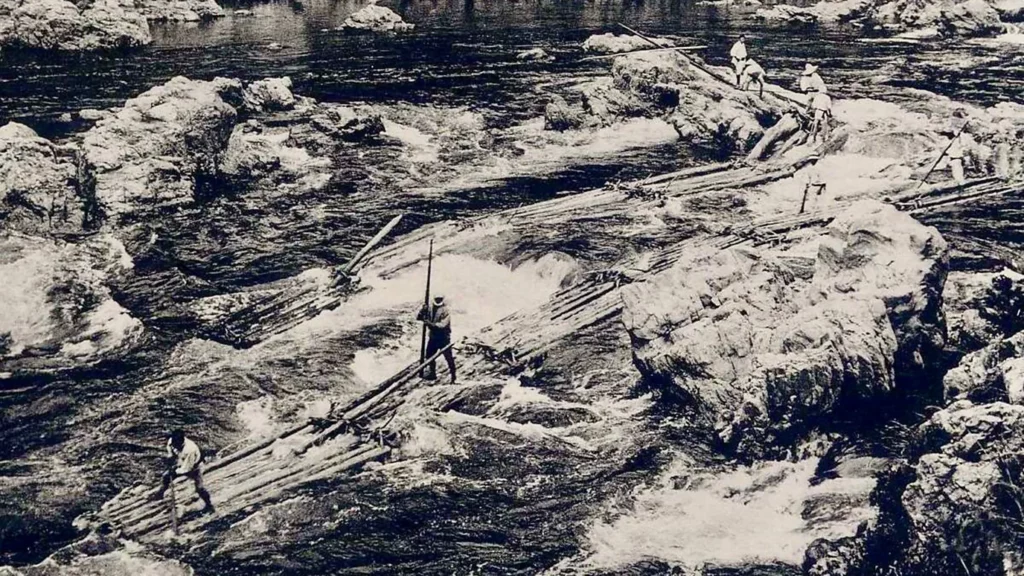
Wakayama, located on Japan’s Kii Peninsula, is known for its stunning natural landscapes, including the Kumano Kodo pilgrimage routes and the rugged coastline of the Pacific Ocean. Among its lesser-known but equally captivating attractions is traditional rafting. This method was originally developed as a practical means of transporting timber downriver. The rafts, made from the very logs they carried, were controlled by standing rafters who had to skillfully navigate the river’s twists and turns.
Over time, what began as a necessity has evolved into a celebrated cultural activity, offering modern adventurers a chance to experience the thrill and heritage of Wakayama’s rivers.
The Art of Standing Rafting
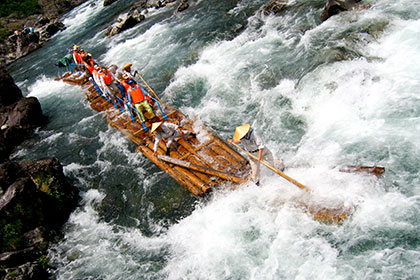
Standing up while rafting is no small feat. The rafts are narrow, and the rivers can be unpredictable, requiring participants to maintain a perfect balance while maneuvering through the water. The skill lies in using a long pole to push against the riverbed, steering the raft and avoiding obstacles. This technique demands not only physical strength but also a deep understanding of the river’s flow.
As you stand tall on the raft, the world around you shifts. The rushing water beneath your feet, the lush green forests lining the riverbanks, and the clear blue sky above combine to create an immersive experience. It’s not just about the physical challenge; it’s about becoming one with the environment, moving in harmony with the natural world.
Where to Experience Traditional Rafting
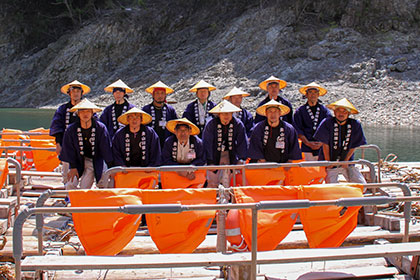
The rivers of Wakayama offer several spots where you can experience traditional standing rafting. Among the most popular is the Kitayama River, known for its stunning scenery and exciting rapids. Guided tours are available, allowing participants to learn from experienced rafters who have mastered the art over years of practice.
These tours often begin with a lesson on the history of the area and the significance of the rafting tradition, followed by safety instructions and practice runs. Once you’re ready, you’ll embark on a journey down the river, standing tall as you navigate the twists and turns of this ancient waterway.
Tips for First-Time Rafters
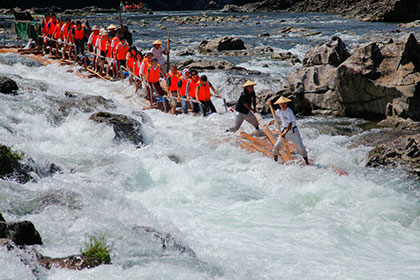
- Balance is Key: Maintaining your balance on the raft is crucial. Focus on keeping your center of gravity low and your feet steady.
- Listen to Your Guide: Experienced guides are there to help. Pay close attention to their instructions, especially when it comes to navigating difficult sections of the river.
- Dress Appropriately: Wear clothing that can get wet and is comfortable for movement. Water shoes with good grip are recommended.
- Embrace the Experience: This is more than just an adrenaline rush—it’s a journey into Japan’s rich cultural heritage. Take the time to appreciate the history and the natural beauty around you.
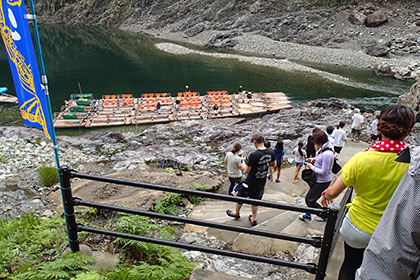
Traditional rafting in Wakayama is a unique adventure that offers a deep connection with Japan’s history and nature. As you stand tall on the raft, balancing between the past and the present, you’ll find yourself immersed in an experience that is both thrilling and profoundly grounding. Whether you’re a seasoned adventurer or a curious traveler, this is one activity you won’t want to miss on your journey through Wakayama.





